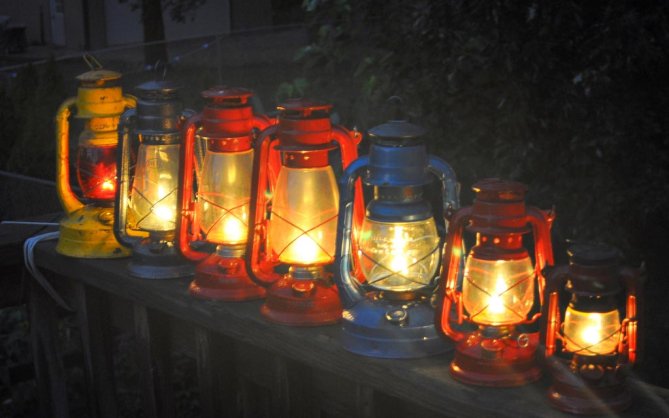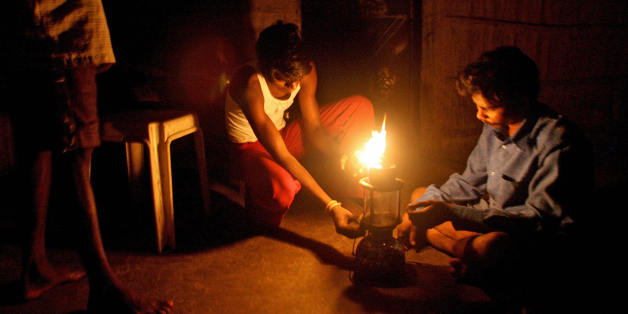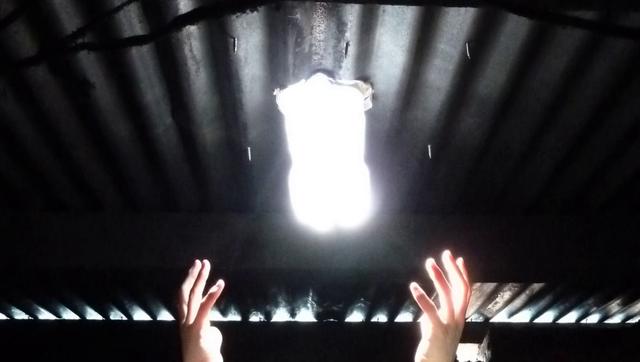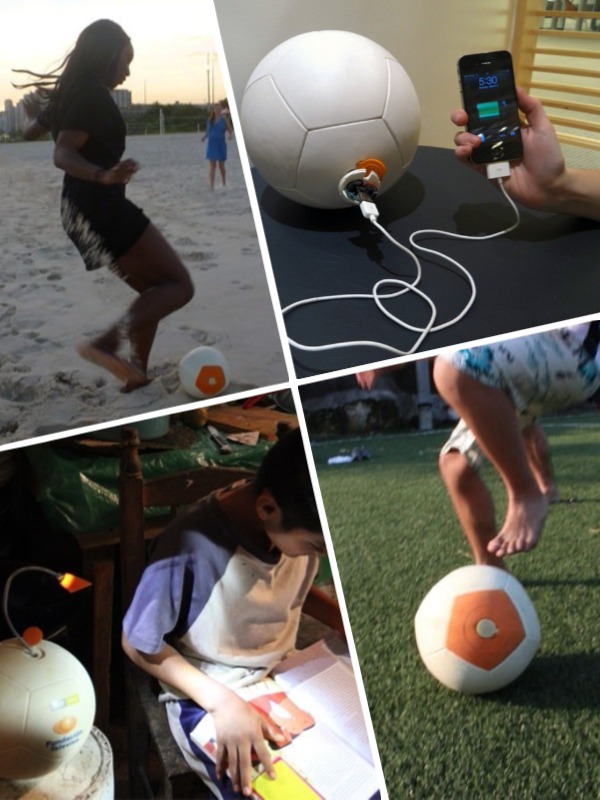Currently, the majority of people living in rural areas of developing countries either do not have access to electricity or it is simply too expensive.
The cost of lighting in “un-electrified” areas can be 100 to 1,000 times higher than in areas with a power grid.
Without available light, sunset becomes a non-negotiable curfew. In these places, it is necessary to resort to alternative methods to light the houses, especially at night.

The problem of kerosene
All kinds of light sources are used to illuminate houses during the hours without sunlight: battery-powered lanterns, candles, fires fueled by all kinds of combustibles, wood and even tires. These methods are inefficient, dangerous and potentially highly polluting, such as kerosene lamps, one of the most popular alternatives.
The WHO estimates that 4.3 million people die each year from indoor air pollution.
The gases generated by these lamps have a negative impact on their users. Continuous exposure can lead to loss of vision, respiratory problems, low birth weight in children and even more serious diseases such as throat or lung cancer. To all this must be added the risk of fire associated with handling this substance.
Trapped in poverty
Although kerosene can be a fairly inexpensive solution, it is still a much more expensive alternative to electricity. In some cases, this expense accounts for up to 25% of wages. The high price of electricity means that families have fewer resources available. Resources that would allow them, for example, to send their children to school.
But not only families are affected, businesses and even governments, which in many cases allocate resources to subsidize these sources of lighting, are also caught in this vicious circle.

Light equals progress
In industrialized countries, mainly in Europe or North America, the inhabitants do not attach importance to something as commonplace as electricity. Indeed, they find it strange that there could be entire populations living without electricity.
Nowadays, NGOs and, in large part, thanks to inventions developed by the inhabitants of these less favored places, are launching initiatives to improve lighting and eliminate kerosene lamps.
Many of these projects have found in solar LED lighting the perfect ally. Being a very low consumption technology, an LED bulb can be powered autonomously and by solar panels and batteries of small dimensions and reduced cost. Others, such as those shown below, provide truly innovative solutions to take advantage of natural light or generate energy.
Liter of light
One of the most original lighting proposals and that has obtained more diffusion is the solar bottle, popularized by the platform Liter of Light (liter of light in English).
This product uses the typical plastic bottle, between 1 and 2 liters, such as those used for bottling soft drinks. Once the bottle is clean, it is filled with water and about 10 ml of bleach, to prevent algae, and closed properly.

With the bottle ready, it only remains to make a hole in the ceiling of the room to be illuminated and place our water lamp in it. As you can imagine, the bottle must be fixed with a strong adhesive to prevent it from falling and also seal the opening to prevent leaks.
Obviously, this solution has the disadvantage of not working without the sun, but it costs practically nothing and limits the use of kerosene to the night.
Soccket Ball
Another concept for generating electricity in a sustainable way that is really ingenious. Soccket is a soccer ball that generates energy when used and stores it inside.
The project, developed by Uncharted Play, was financed through a crowdfunding campaign that attracted personalities from many different sectors such as Bill Gates, David Villa, Ashton Kutcher and Bill Clinton.

By means of an induction coil, kinetic energy is converted into electrical energy and stored in a capacitor for later use. With only 30 minutes of use, a 6-watt LED lamp can be powered for 3 hours.
Both initiatives are very interesting. Liter of light allows to take advantage of sunlight to illuminate the interior of any space, using only recycled elements available to everyone. The Soccket Ball is a way to take advantage of a healthy activity such as practicing sports, soccer in this case, to generate electricity that can be used to light or charge the cell phone.

